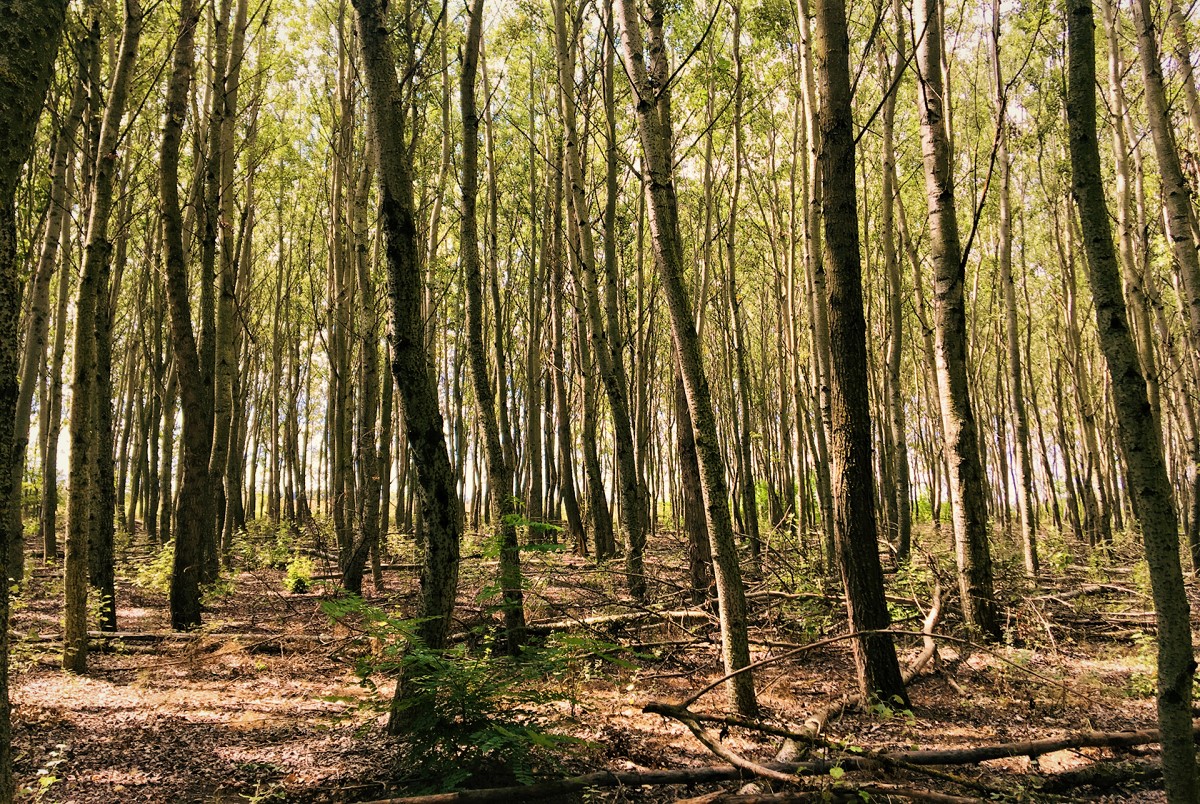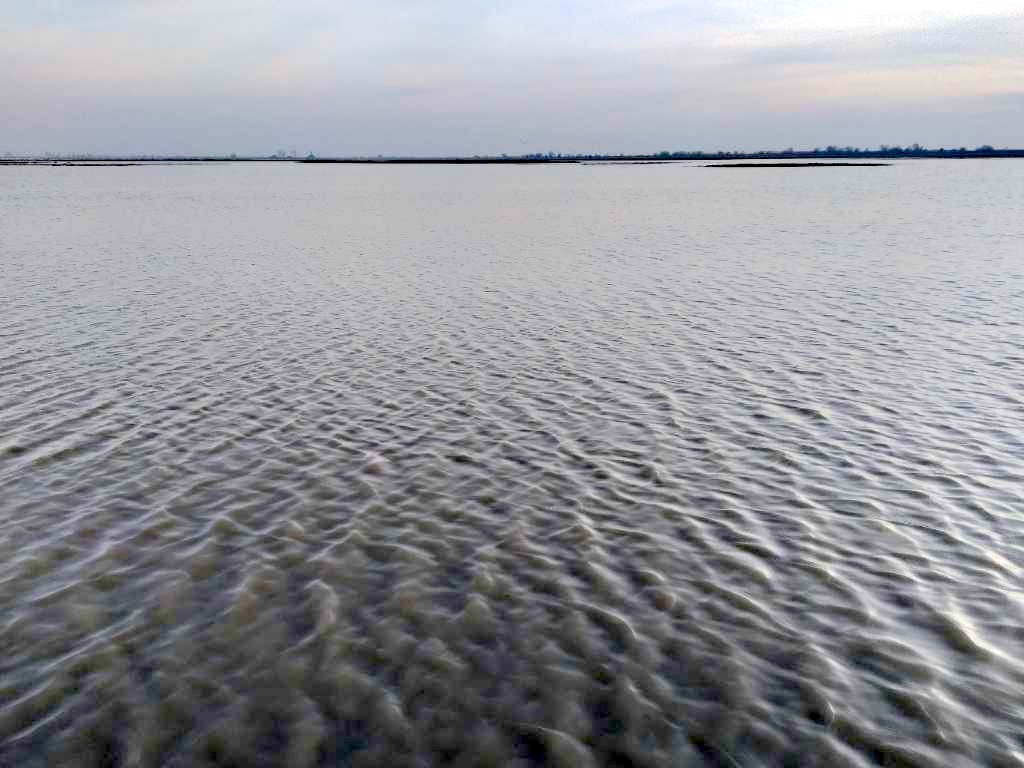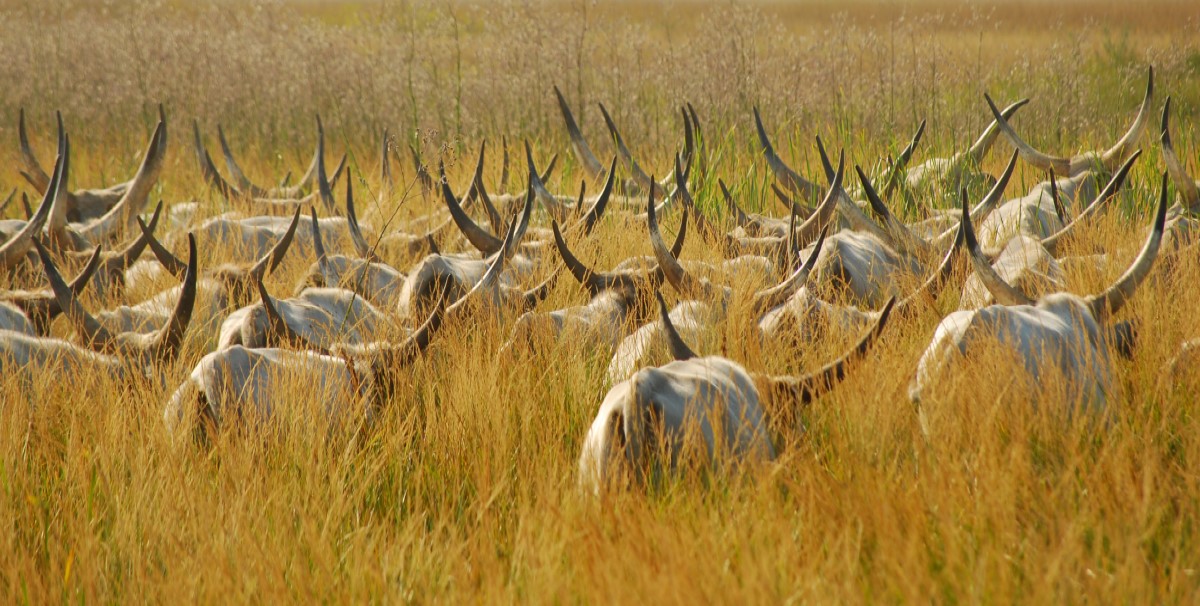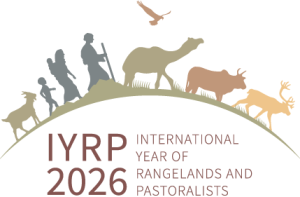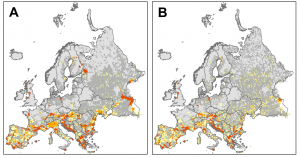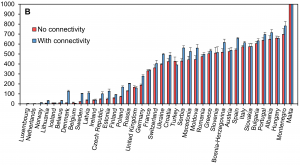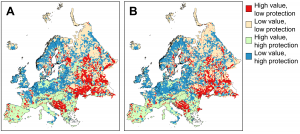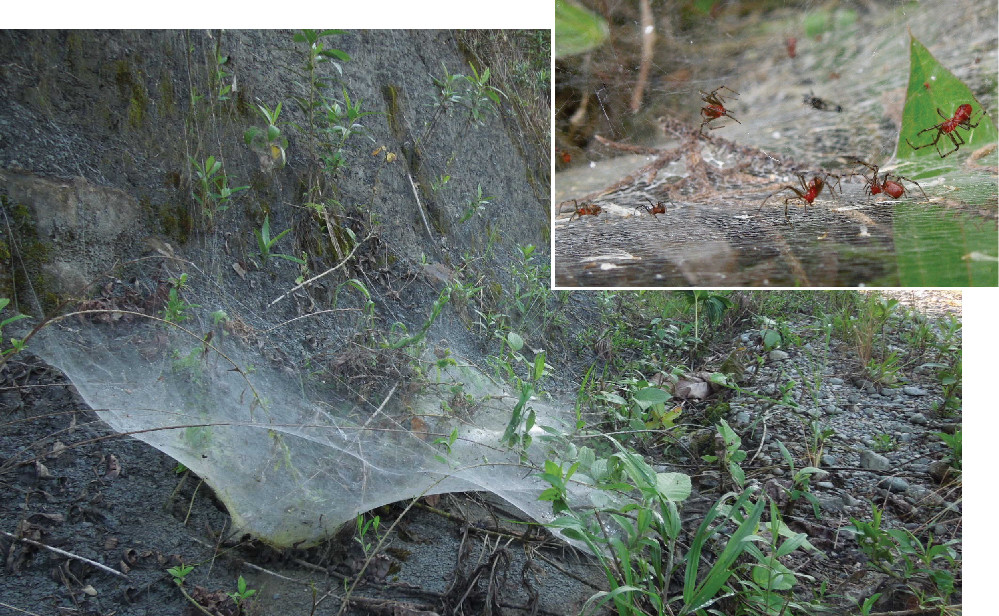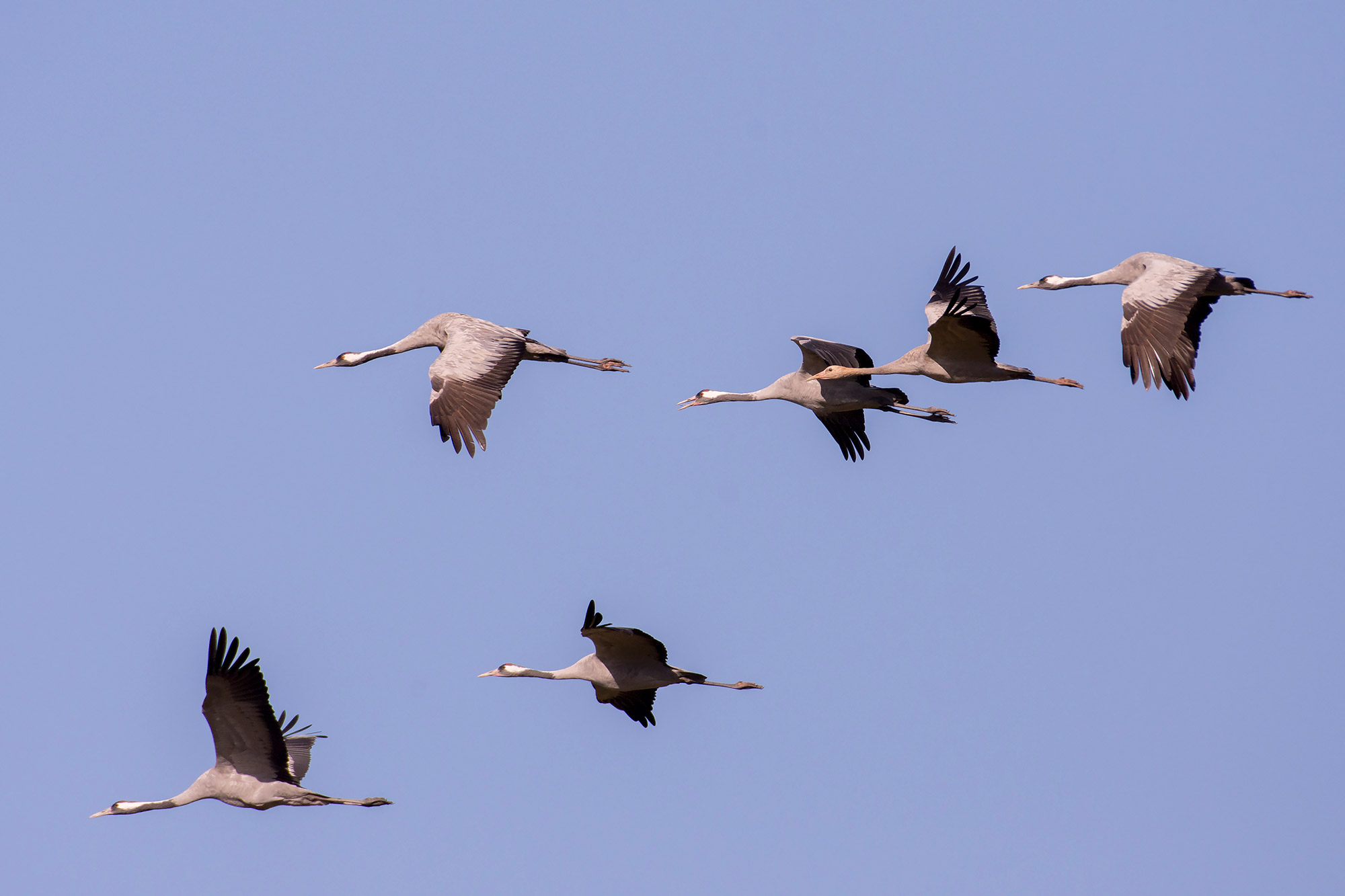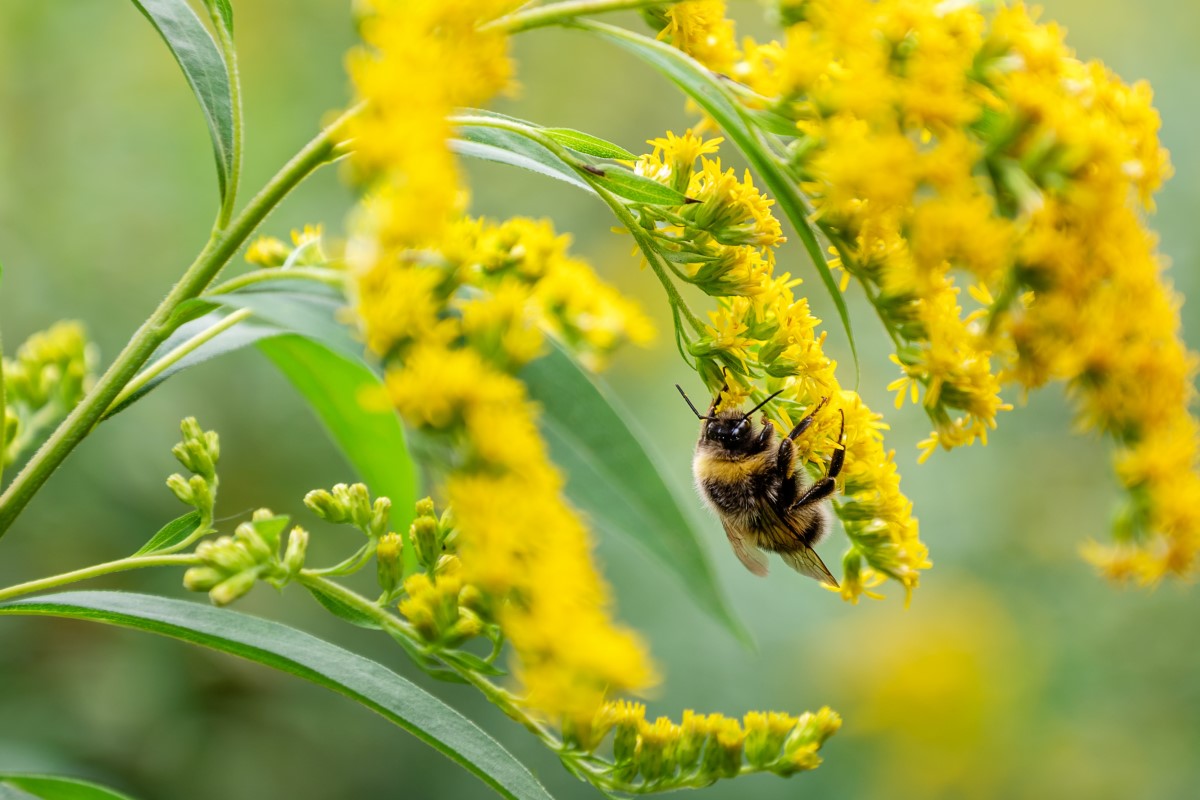
Researchers from the ELKH Centre for Ecological Research (CER) and Babeș-Bolyai University (BBE) in three recent papers have described the effects of twelve invasive plant species with different traits on vegetation (Fenesi et al. 2023), pollinator communities (Kovács-Hostyánszki et al. 2022), and the traits of pollinating insects (Szigeti et al. 2023). During their field studies they assessed and compared the plant and pollinator communities of invaded and semi-natural habitats in Hungary and Romania. In order to facilitate proper comparisons and conduct detailed exploration, the researchers employed uniform field methods while utilizing diverse ecological indicators, ranging from the height of indigenous vegetation, honeybee abundances, depth of flowers to tongue length of pollinator insects.
Bees and other pollinator species play an extremely important role in most terrestrial ecosystems, including agriculture. Increasingly, studies report the drastic decline of pollinating insects, one reason being the reduced availability of their food resources. The strong spread of invasive species is one of the five most important causes of biodiversity loss, that is why the Invasion Biology Division was established under the leadership of the Ecological Research Center within the National Laboratory for Health Security, where researchers investigate the complex effects of invasion. Where invasive plant species appear and are able to spread, they inundate and dominate the given area, reducing diversity and making habitats more homogeneous. In many cases, they also reduce the range of available flowers, thus helping some compatible pollinator species while displacing the food resources of others from the landscape. In general, it can be stated that the impacts of invasive plant species on native vegetation and pollinator insects are often varied and dependent on their specific traits.
Based on the research results, there is no universal effect of plant invasion, except for a few general patterns there are differences among invasive plant species in almost every ecological indicator studied. Perhaps the most important message is that as many invasive plant species and traits as there are, there can be a variety of effects on invaded plant-pollinator communities. The three publications highlight that the cover of invasive plant species strongly influences the composition, diversity, and height of the remaining native vegetation, among other factors. As the invasive plant species displaces native plants in a given area, fewer of the original or potential communities remain. Perennial invasive plant species have an even stronger negative impact on flower availability and pollinators than annual species. This is likely due to their stronger invasive capacity, dominance, different growth and flowering strategies, and presence in later successional stages of habitats. Timing is extremely important in plant-pollinator systems. Invaded areas are similar to crop fields such as rapeseed or sunflowers: during their blooming period, they provide significant amounts of food for the pollinating insects, while beyond of their flowering period, these areas are extremely poor in resources of pollinators. Where invasive plant species appear, they eventually become dominant. They cover the area with green vegetation mass for most of the year, but only bloom for a short period of time. As indicated by the studies, natural areas have more and more diverse resources along the year. The researchers also found important and interesting relations when comparing the traits of invasive flowers and the traits of wild bees. For example, the sites invaded by two invasive species with deep flowers had more long-tongued and also larger-bodied bees, while a species with shallow flowers had more smaller-bodied bees. This indicates a strong size determination between flowers and their pollinators, meaning that the invasion of a particular trait (such as deep flowers in invasive plants) affects the functional characteristics of the remaining pollinator community in the invaded area (i.e., only long-tongued pollinators that can feed on deep flowers will remain).
Proper nature conservation management of (semi)natural habitats and effective control of invasive plant species are important for the protection of pollinators, but some invasive plants can also provide valuable foraging resources for pollinator insects. Therefore, instead of uniformly eradicating all invasive species, it is recommended to consider the best approach on a case-by-case and location-specific basis, taking also into account the needs of protected pollinator insects. For example, efforts to combat plant invasion could incorporate the nutritional requirements of pollinators. Some of the costs associated with invasive plant eradication could be redirected towards providing alternative nutrition sources, such as sowing native seed mixes in or in the neighborhood of invaded areas. Overall, the factors and impacts important in the plant-pollinator systems are complex and interrelated, hence further detailed studies are needed to uncover the specific relationships between species and to develop effective conservation solutions.
Publications:
Fenesi, A., Botta-Dukát, Z., Miholcsa, Zs., Szigeti, V., Molnár, Cs., Sándor, D., Szabó, A., Kuhn, T., Kovács-Hostyánszki, A. (2023). No consistencies in abundance-impact relationships across herbaceous invasive species and ecological impact metrics. Journal of Ecology. DOI: 10.1111/1365-2745.14085
Kovács-Hostyánszki, A., Szigeti, V., Miholcsa, Zs., Sándor, D., Soltész, Z., Török, E., Fenesi, A. (2022). Threats and benefits of invasive alien plant species on pollinators. Basic and Applied Ecology, 64:89–102. DOI: 10.1016/j.baae.2022.07.003
Szigeti, V., Fenesi, A., Botta-Dukát, Z., Kuhlmann, M., Potts, S. G., Roberts, S., Soltész, Z., Török, E., Kovács-Hostyánszki, A. (2023). Trait-based effects of plant invasion on floral resources, hoverflies and bees. Insect Conservation and Diversity. DOI: 10.1111/icad.12640


